TEL AVIV—In the days after Hamas’ October 7 attack on Israel, members of Prime Minister Benjamin Netanyahu’s war cabinet narrowly decided against a major preemptive strike against Hezbollah for fear that it would spark an all-out war. But more than 10 months later, as the Iranian-armed proxy continues to fire on Israel in solidarity with its Gazan allies, such a conflict looks increasingly inevitable—whether or not either side wants it.
Since October 8, Hezbollah has launched more than 6,700 rockets, explosive drones, rocket-propelled grenades, and mortars into Israel, according to the Israel Defense Forces (IDF). The attacks have killed 26 civilians and 22 soldiers and forced 60,000 people from their homes. Meanwhile, Israeli strikes against Hezbollah targets, including the assassination of the terrorist commander Fuad Shukr in Beirut last month, have decimated the group’s ranks and forced the retreat of some of its elite forces. But expect a larger confrontation to be even more painful for both Lebanon and Israel.
The last war between Israel and Hezbollah in 2006—which lasted 34 days and left more than a thousand soldiers and civilians dead—ended with a United Nations Security Council resolution requiring the demilitarization of South Lebanon. Yet the terms of the armistice were never implemented by the U.N. or the Lebanese government, allowing Hezbollah to position its fighters and arms along the Israeli border and within the Shiite villages of southern Lebanon.
Today, with a battle-hardened fighting force and a growing arsenal of Iranian-supplied weapons, the group poses a more formidable threat than ever before.
In sheer numbers, Hezbollah now possesses more than 10 times the number of rockets and missiles it did during the Second Lebanon War. But that figure doesn’t capture the new qualitative threat—many of the projectiles today are more precise, longer-range, and deadlier than their predecessors. “Hezbollah is the most heavily armed terrorist organization in the world, possessing an arsenal of over 200,000 rockets, precision-guided missiles, armed drones, and more,” the IDF told The Dispatch.
According to a recent analysis by the Center for Strategic and International Studies, the group’s arsenal includes more than 60,000 long-range unguided rockets, more than 20,000 unguided ballistic missiles, and at least 150 guided ballistic missiles. Such firepower could enable Hezbollah to launch more than 3,000 missiles a day for up to three weeks, potentially exhausting or overwhelming Israel’s air defenses. Simultaneous attacks from Iran or its other proxies in the region could tax the Iron Dome system even further, heightening the risk to civilians.
Hezbollah, with the help of its Iranian backers, also has honed its drone capabilities. The unmanned systems, which carry explosives and fly slow and low to evade detection by Israeli radar, already pose a deadly challenge to northern Israel. On Monday morning, a drone attack in northwest Israel killed one IDF soldier and injured several others. “They have an impressive array of drones, and they’ve been using them quite effectively,” Eran Lerman, a former Israeli deputy national security adviser, told The Dispatch. “It’s a learning curve for the IDF in terms of how to detect, foil, and destroy them.”
The weapons are increasingly ubiquitous on the battlefield, and in the event of an all-out war could be deployed in large numbers and in concert with other projectiles to target military sites, critical infrastructure, and urban centers. An Iranian-made drone launched by the Houthis from Yemen successfully evaded Israeli air defenses just last month, hitting central Tel Aviv and killing an Israeli man in his apartment.
If a broader war breaks out, Israel must be prepared for large-scale, coordinated attacks against its cities. Many Israelis across the country have begun stocking their safe rooms with canned food, water, flashlights, portable batteries, and other supplies IDF Home Front Command typically encourages families to have on hand. In Haifa—a northern city home to more than 1.1 million people and a likely target in an all-out war, given its economic importance—local officials are telling residents to be prepared to shelter for four to six days at a time.
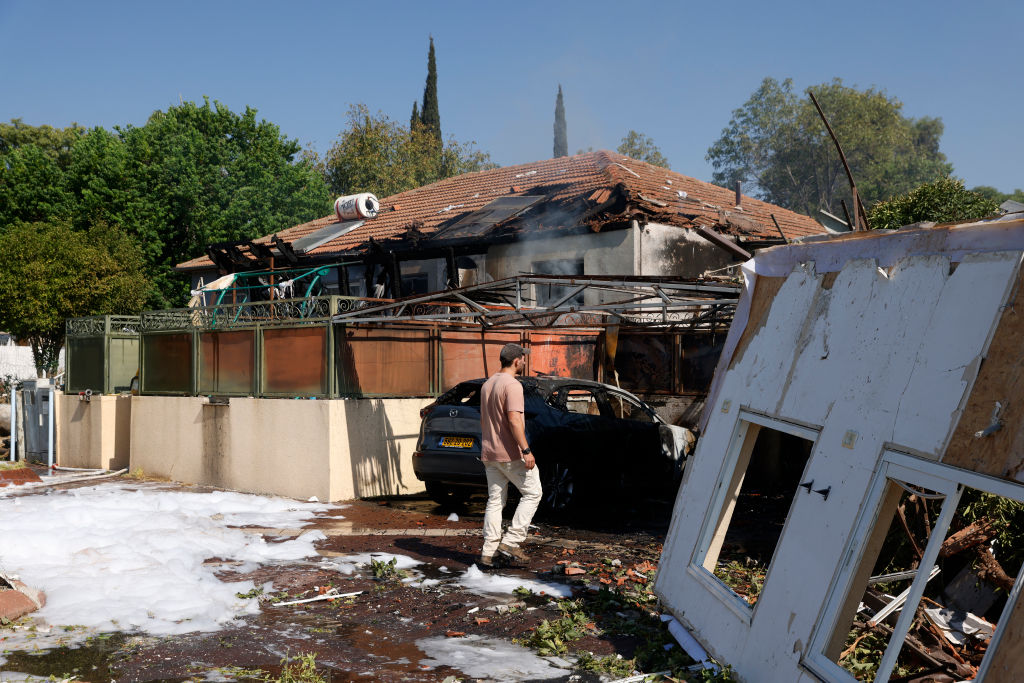
Because of the threat such a conflict would pose to civilians, Israeli defense analysts say a war with Hezbollah would need to be quick and decisive—including both ground maneuvers and precision strikes to degrade the group’s offensive capabilities early on.
“What we’ve seen in the last 10 months in Gaza is just a preview of what might happen during the first day of a serious war in terms of volume. So I think we should brace ourselves for something very intensive,” said Assaf Orion, a defense strategist at the Washington Institute for Near East Policy and a retired brigadier general in the IDF. “The IDF will seek to destroy the Hezbollah fighting force, to dismantle its units, to hunt down its people. Like in Gaza, I don’t think there is an expectation to smoke out the last Hezbollah terrorist, but to deprive it of its systemic capability to threaten and deter Israel.”
Yet the battlefield in southern Lebanon is different from Gaza in many key ways. It’s less densely populated, depriving Hezbollah of the same cover Hamas enjoys in the urban Strip—though that doesn’t stop it from embedding military assets in civilian areas. “Hezbollah’s tactics include firing from civilian areas in Lebanon, effectively using the Lebanese population as human shields,” the IDF told The Dispatch. “This mirrors the approach of Hamas, with Hezbollah endangering Lebanese civilians—one in six of its launches have hit Lebanese civilian areas—while attempting to strike Israel.”
Hezbollah can put its supply of anti-tank missiles and IEDs to use in the event of an Israeli ground invasion, as it did in 2006. The group also has some anti-air capabilities, which have downed Israeli drones but could also pose a threat to manned aircraft.
Assaf Orion“Israel’s appetite to take the risk in order to remove or greatly reduce or degrade the threats on its borders has grown immensely.”
Inversely, the IDF must be prepared to fend off attempted ground attacks into Israeli territory by Hezbollah, which has as many as 100,000 fighters and openly states its intention to invade Israel’s northern Galilee region. “For the past 17 years, Hezbollah has been preparing for war with Israel, with its elite Radwan forces specifically trained for the objective of infiltrating into Israel and attempting to conquer the Galilee, similar to the tactics employed on October 7,” the IDF said.
And Hezbollah has real-world experience on the battlefield. The militants fought on behalf of the Assad regime during the Syrian War, allowing them to train in combined arms operations. But unlike Hamas on October 7, Hezbollah doesn’t have the element of surprise on its side and would come up against a heavily fortified Israeli border.
It’s the threat of a ground assault that makes the pre-October 7 status quo particularly intolerable for residents of the north. Without a voluntary withdrawal of Hezbollah away from the border—which U.S. special envoy Amos Hochstein has for months been trying to secure through shuttle diplomacy—many Israelis increasingly see a third Lebanon war as inevitable.
After October 7, “Israel’s appetite to take the risk in order to remove or greatly reduce or degrade the threats on its borders has grown immensely. People are willing to pay that price,” Orion told The Dispatch. “That’s the future—we’re gazing down the barrel.”
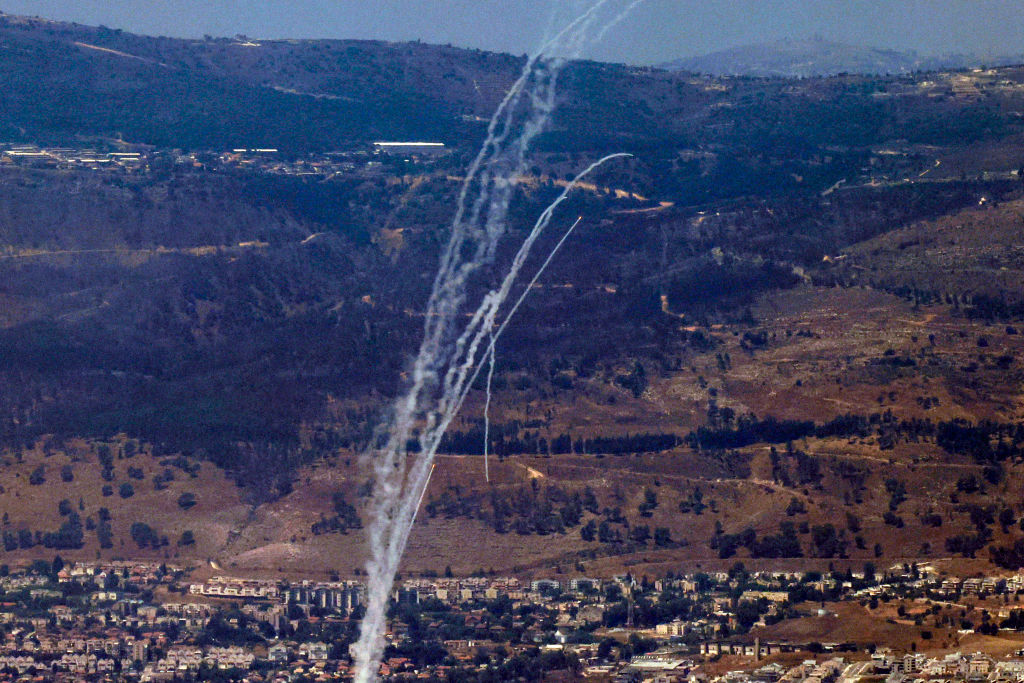

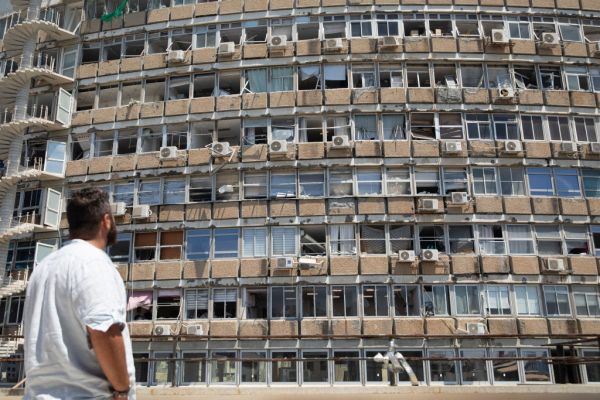
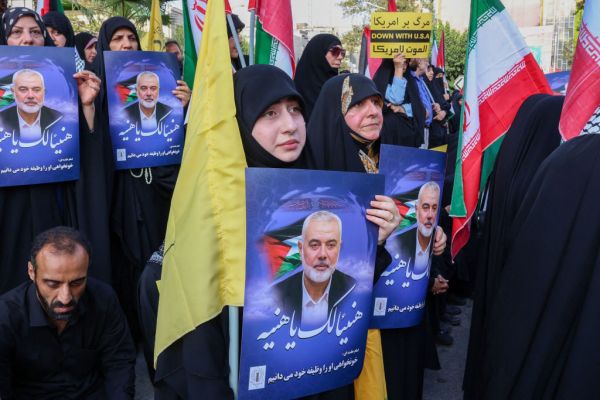
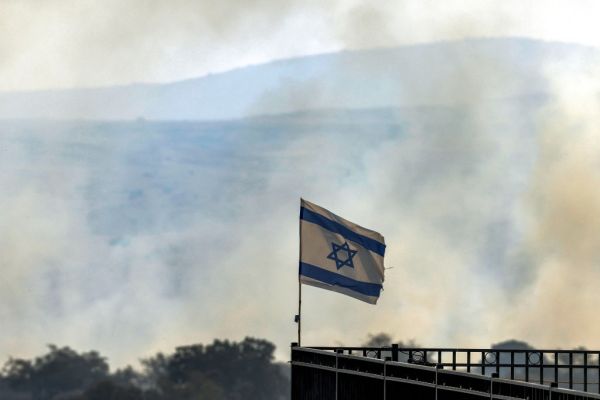
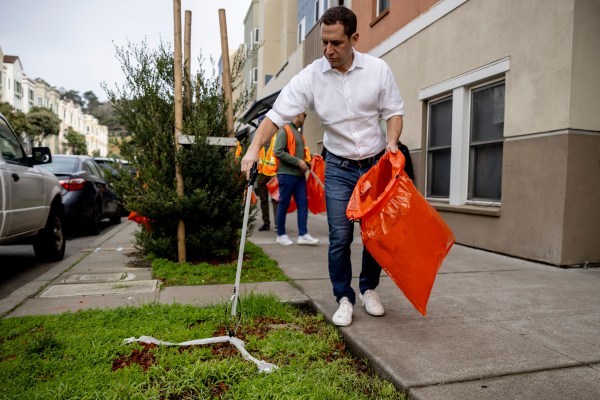
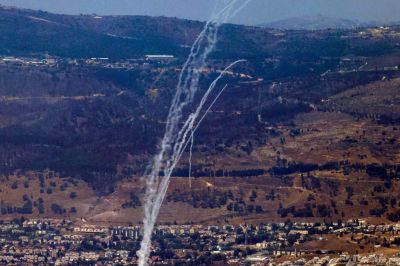
Please note that we at The Dispatch hold ourselves, our work, and our commenters to a higher standard than other places on the internet. We welcome comments that foster genuine debate or discussion—including comments critical of us or our work—but responses that include ad hominem attacks on fellow Dispatch members or are intended to stoke fear and anger may be moderated.
With your membership, you only have the ability to comment on The Morning Dispatch articles. Consider upgrading to join the conversation everywhere.